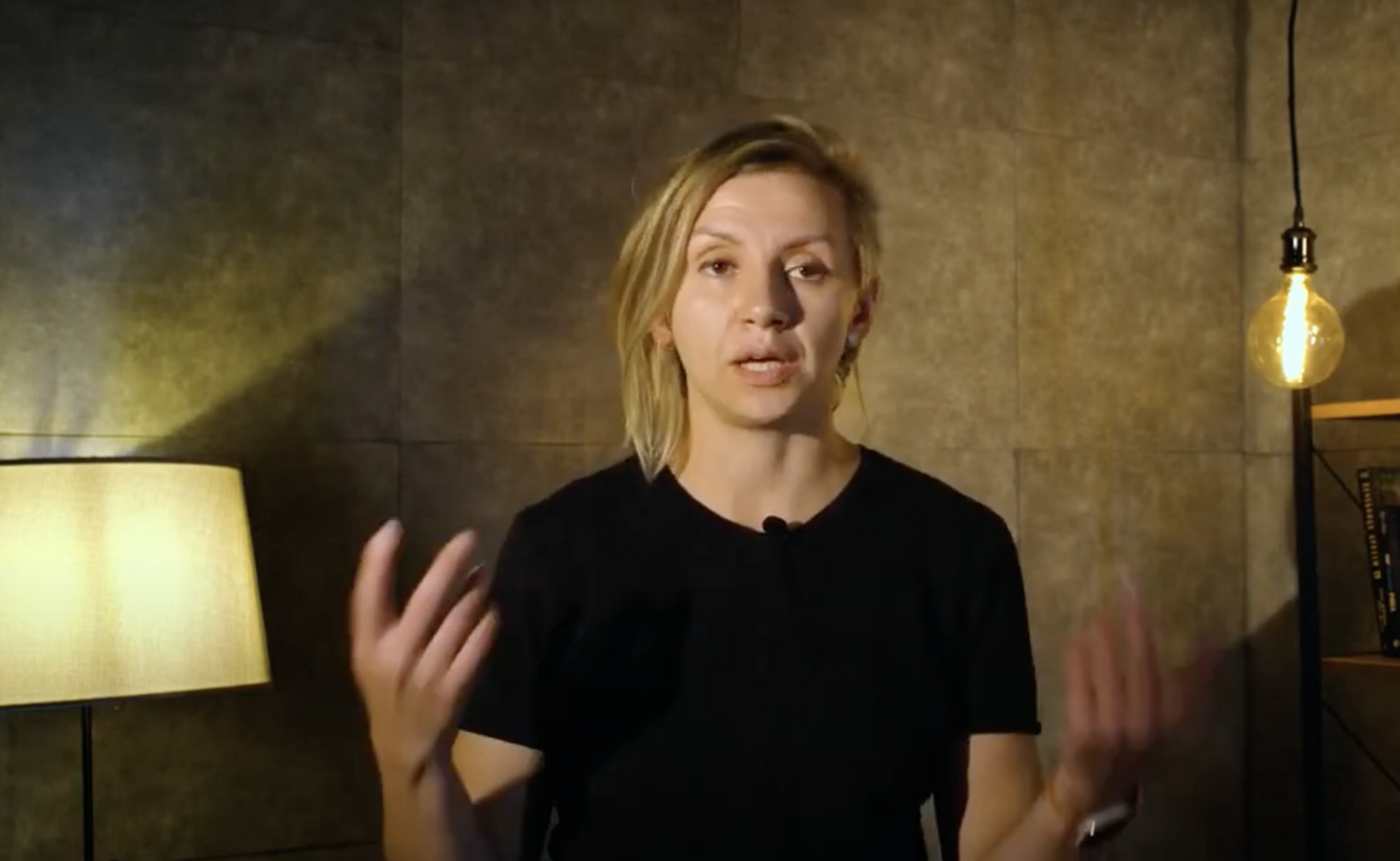
In 2023, language models became one of the most talked-about trends, with ChatGPT drawing the most attention. Major players like Sber, Yandex, and Tinkoff also have their own versions. Lets discuss some real business cases of implementing text-based assistants powered by ChatGPT.
Hi! I’m Olya Tatarinova, co-founder of Epoch8, an agency specializing in custom projects in machine learning, data analysis, and chatbot development. At the end of the last year, we won a grant from the Bortnik fund, which helped us expand our team and implement several interesting projects. Today, I’d like to share one of them with you.
Case: Automation in E-commerce
Imagine you run an online store that sells products that are not particularly appealing to browse at first glance: construction materials, bolts, or rebar. Customers aren’t likely to spend time scrolling through the catalog for long. Instead, they send a list of items to customer support, asking to place an order. Support agents process these requests manually, which takes a lot of time. This is a perfect case for automation.
The solution is to use a chatbot that can handle customer requests efficiently. The key advantage is the use of large language models (LLMs), which can process unstructured requests and turn them into clear, structured information.
How does it work?
Users can submit requests in various ways, even if the wording doesn’t exactly match the catalog.
For example, a customer writes: “Shower gel, sunscreen, and a face mask.”
Here’s how the system processes it:
- Request Analysis: The model analyzes the text and identifies key items: shower gel, sunscreen, and face mask.
- Product Categorization: The system determines the category for each item, such as skincare or cosmetics. Each category may require specific details, like SPF for sunscreen or skin type for face masks.
- Checking for Missing Details: If the user didn’t provide required details, the model asks follow-up questions to collect the missing information.
- Catalog Search: Once all details are gathered, the system searches the online store’s catalog for the best matches.
- Recommendations: Instead of showing all available products, the chatbot suggests the most relevant items and creates a shopping list for the user.
Additionally, all interactions can be tracked with analytics. It helps to monitor how many users started a chat, requested products, added them to the cart, and completed purchases.
Frequently Asked Questions
Many users ask about their order status:
- “When will my order be delivered?”
- “Has my order been placed?”
These requests are easy to automate with a chatbot.
Another common task is answering FAQs like:
- “How do I make a return?”
- “What products are in stock?”
Most companies have a knowledge base that can be integrated with the chatbot. The model pulls out relevant articles to answer user questions.
If the chatbot can’t find an answer, the request is forwarded to a support agent. Agents can quickly step in to assist, improving the customer experience.
Integration with the Operator's Workspace
We use Chatwoot, a free, open-source tool for managing customer support. All requests the chatbot can’t handle are automatically sent to Chatwoot, where operators can respond quickly.
Additionally, if an operator provides a new answer, they can add it to the knowledge base right away. This keeps content up-to-date, and within 15 minutes, the chatbot will be able to respond to similar questions on its own.
How Long Does Implementation Take?
You can start with the basics—automating responses to frequently asked questions.
If a company already has a knowledge base, integrating a chatbot doesn’t take much time. A prototype can be ready in one to two weeks.


